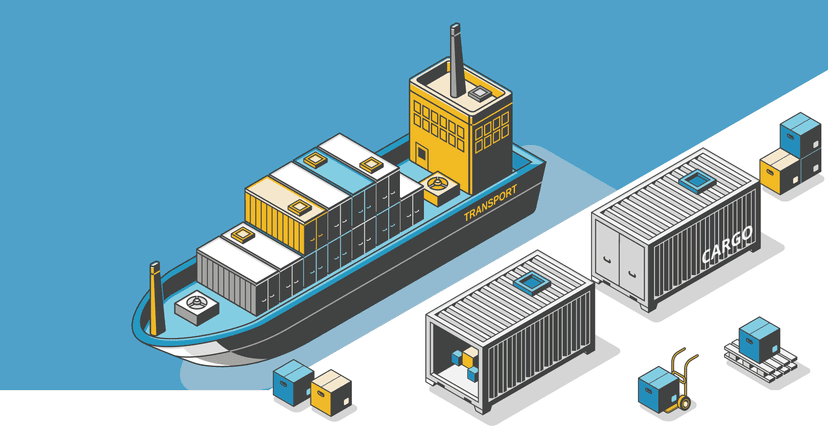
The Ultimate FCL Shipping Handbook: Costs, Benefits, and Best Practices for 2025
FCL shipping (Full Container Load) involves hiring an entire shipping container exclusively for your cargo, offering faster transit times an...
Countries sign trade agreements for ease of operations and promotion of bilateral commerce. A certificate of origin helps to determine if the goods qualify for preferred rate of duty.

When the exporter and importer fail to furnish required information determining the authenticity of the certificate of origin, the customs authorities will deny application of preferential rate of duty.
Certificate of Origin (COO) is issued by the exporter, certifying a particular product was manufactured in a certain country. It is a useful document to claim preferential rate of duty under a trade agreement. Countries sign trade agreements for ease of operations and promotion of bilateral commerce. The COO helps to determine if the goods qualify for preferred rate of duty.
The COO is submitted at the destination port as proof in addition to the commercial invoice and the packing list. In some instances, the customs officials ask for additional documents to validate the claim filed by the importer.
The Export Inspection Council (EIC) is the authorised export–endorsement body in India. The EIC has the mandate to ensure safety and quality of products exported from India.
The certification provided by EIC has global acceptance. It provides guarantee for safety and quality either through its field offices or a consignment wise inspection. EIC provides compulsory certification for various food articles.
The exporter shall present sworn declaration confirming that the goods satisfy the origin criteria. Some of the essential details that are required to be furnished with the sworn declaration are as follows:
a) Description of the goods and its tariff classification
b) Free on Board (FOB) value of the goods exported
c) Name of the company and its address
d) Proportion of non-originating materials
e) Description of manufacturing process
Customs authorities in the exporting and importing nations coordinate to verify the authenticity of the certificate of origin. Specialists are engaged when the particulars of a case are under investigation.
The rules of origin have three essential components:
a) Origin criteria: To avoid high rate of customs duty, a product may be routed through a low tariff jurisdiction. To discourage misuse of certificate of origin, the custom authorities set rules for sourcing, manufacturing, and value addition.
b) Transport conditions: Generally, trade agreements contain a condition that goods claiming benefits under the certificate of origin rules should be directly transported to the importing country.
c) Documentary evidence: Original invoice, certificate from customs or chamber of commerce, and description of goods are required to fulfil the rules of origin.
The certificate of origin serves many stakeholders at the same time. Let us look at some of the benefits for customs authorities, exporters, and importers.
a) Customs authorities gain access to information about the security and traceability of goods entering for home consumption. In addition, they can determine taxes and duties payable on import.
b) Exporters and importers get quick and easy customs clearance when they have a legitimate certificate of origin along with other necessary documents. As a result, all the parties involved in the transaction become more productive.
a) Goods Wholly Obtained (WO): Goods produced or obtained without any non-originating input material.
b) Value Content Method: For goods to considered as originating under this method, a certain percentage of the products value must originate in a particular country. The formula for calculating such value addition varies from agreement to agreement.
c) Change in Tariff Classification (CTC) Method: The non-originating component used in the manufacturing process must not have the same Harmonised System (HS) classification as the final goods. Manufacturers and/or exporters must know the HS classification of the final product and the non-originating raw materials.
d) Process Rule Method: Under this method, the goods should be produced through specific chemical process in the originating country.
e) Cumulation/ Accumulation: As part of trade agreement, countries share production of certain products and comply with the rules of origin jointly. The extent and nature of such cumulation is defined in the trade agreement and varies from agreement to agreement.